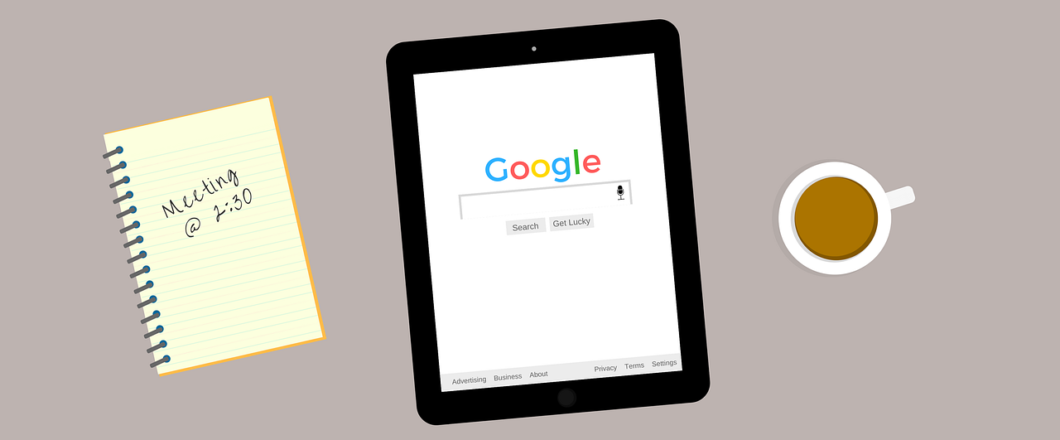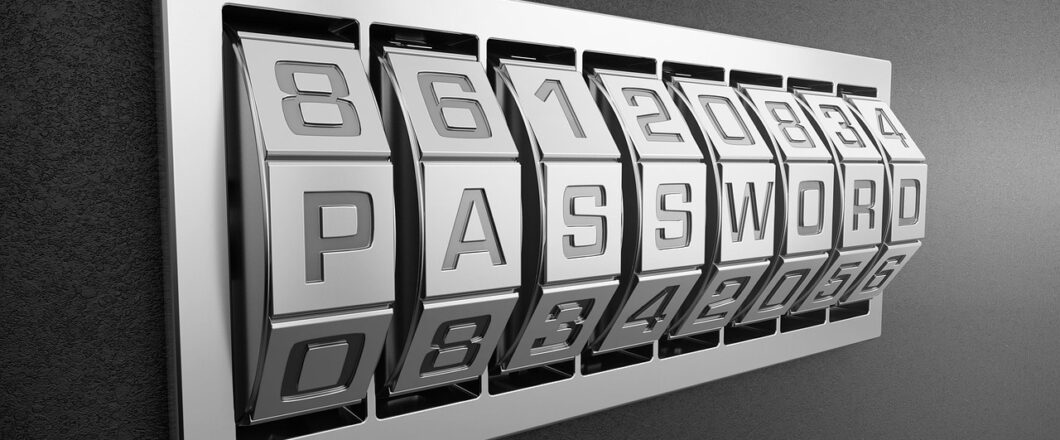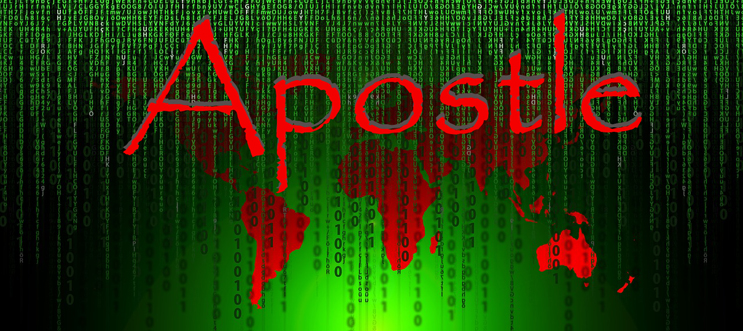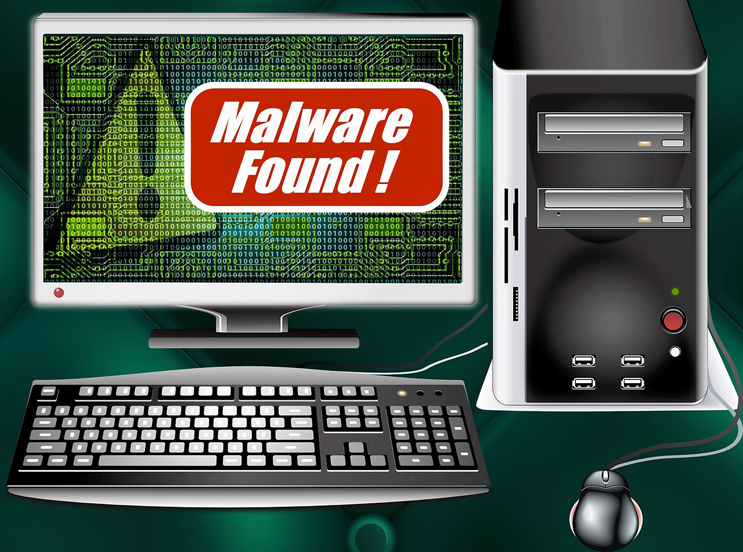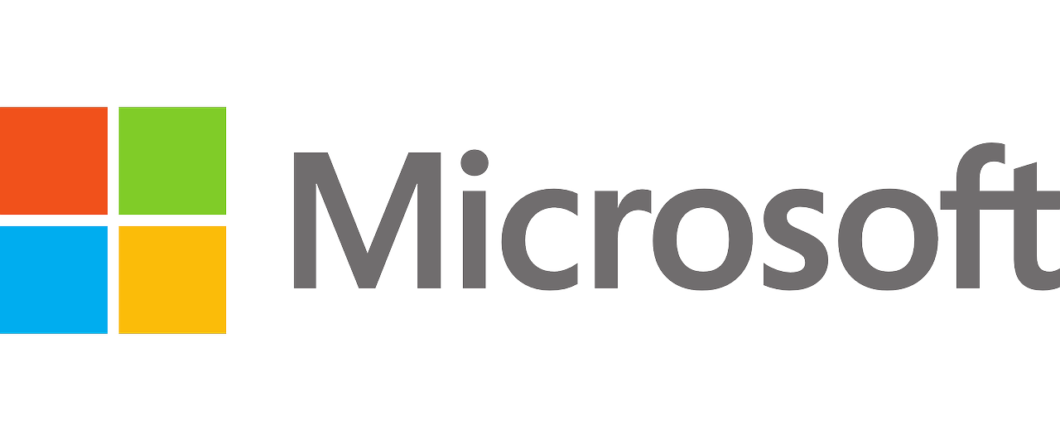

The way in which we work has changed radically in the last 10 years. Helping organizations get to grip with these changes is Microsoft 365 Business.
The need for flexibility within business has never been more apparent since the Covid-19 pandemic entered our lives. Thankfully, flexibility had been on the rise in business for some time. Remote working, bring your own device schemes and tailored working hours have all helped to make flexible working a reality. Traditional IT infrastructures, however, aren’t necessarily set up to deal with these arrangements. But this is where a service such as Microsoft 365 Business steps in.
What is Microsoft 365 Business?
Originally launched in 2011 as Office 365, Microsoft 365 is a collection of products and services designed by Microsoft. The service is subscription based with plans available including consumer, small business and enterprise. These plans are made available to users through cloud computing and this is what makes it invaluable for flexible working. Not only is it perfect for teamwork, but it also meets the needs of individual users.
The ‘business’ subscriptions of Microsoft 365 feature significantly more features than the consumer plan. Additional features and functions available to Microsoft 365 Business users include:
- Microsoft 365 Apps for Business: A range of Office applications that can be used across a variety of PC, Mac and mobile devices for up to five devices per user.
- Office 365 Enterprise: Provides users with access to the complete range of Office applications and hosted services. Full support is also available to safeguard against any technical issues.
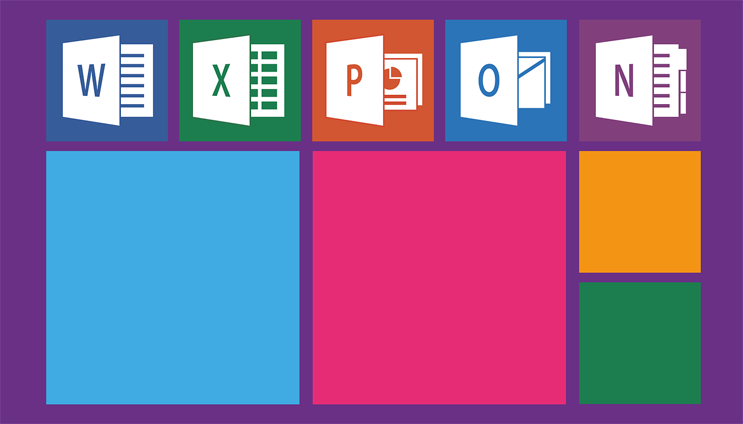
What are the Benefits of Microsoft 365 Business?
It’s important to understand how Microsoft 365 Business can benefit your organization, so let’s take a look at the benefits on offer:
- Easy Access: Thanks to the magic of cloud computing, users can use Microsoft 365 Business no matter where they are. As long as there’s an internet connection available, users can connect from a mobile device, laptop or desktop. Therefore, users can access crucial data and complete important tasks more easily than ever before. This allows your organization to remain productive 24/7 and ensures that tasks can be completed on time.
- Enhanced Collaboration: Microsoft 365 Business was built with collaboration in mind. And it delivers this with power. The presence of Microsoft Teams allows team members to communicate and share files with ease. This is essential for collaboration, but Microsoft 365 Business also allows you to synchronize your email, contacts and calendar. An important function and one which ensures you will never miss meetings and communications again.
- Powerful Security: The threat of malware increases with each passing day, so protecting your IT infrastructures is paramount. And Microsoft 365 Business takes the pain out of this security with its simplistic, yet powerful security options. Devices such as laptops and mobile phones can easily be remotely wiped of all data if they are lost or stolen. It’s also possible for IT teams to quickly restrict access to specific users to minimize the risk of any data loss.
For more ways to secure and optimize your business technology, contact your local IT professionals.
Read More



